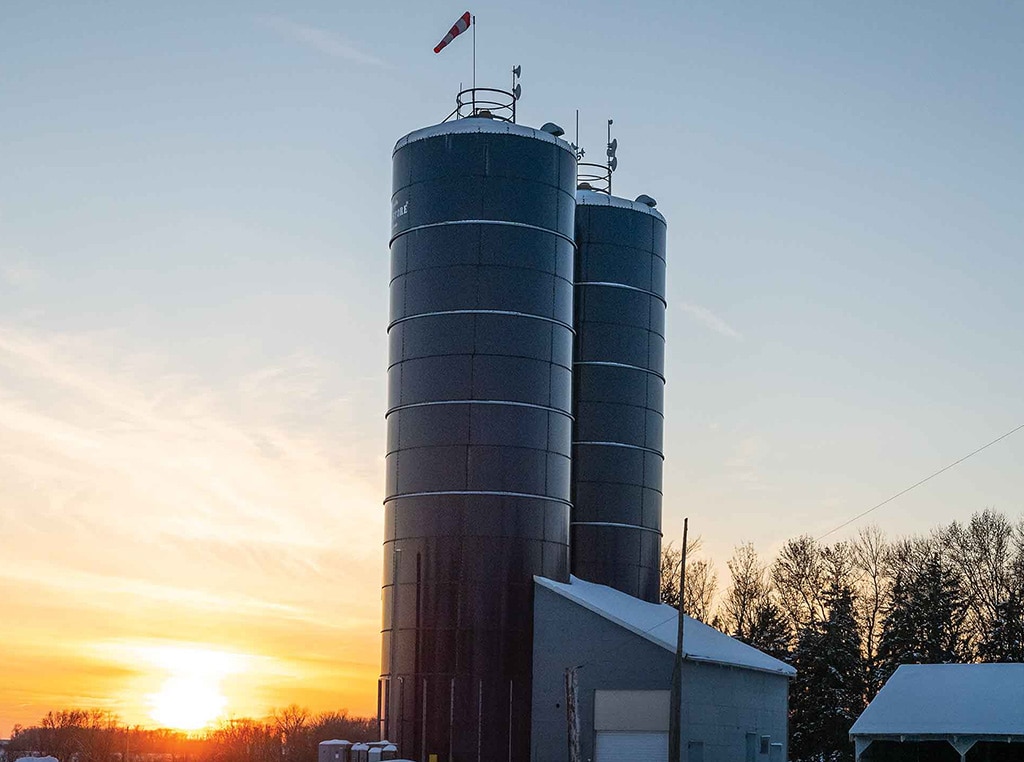Agriculture, Farm Operation June 01, 2023
Profitable Irrigation Shifts East
.
Drought safety net or management tool, irrigation has huge potential in traditionally rain-fed regions.
On average, Joel Armistead's Adairville, Ky., farm gets 50 inches of annual precipitation. That's plenty to grow corn and soybeans in his no-till system, yet you'll find three center pivots on his farm.
"It's not how much rain we get, it's when we get it that's the problem," he says. Irrigation allows Armistead to control the ‘when' of water maximizing yields and profits.
Armistead's acres are among an increasing number of once rain-fed cropland receiving supplemental water. According to University of California, Berkeley, research, even more farmers should consider the practice, and more yet if average global temperatures increase at the current pace.
The study found 35% of rain-fed croplands worldwide are suitable for sustainable irrigation.
U.S. irrigation is already shifting. Western irrigation is in decline as drought, dwindling aquifers, and other factors make irrigation unsustainable. Alternately, irrigated acres in normally rain-fed regions of the central Midwest and Eastern states are on the rise.
Why? Because weather is variable, input costs are high and farm profit margins are all too often razor thin. Irrigation is an efficient means to maintain or increase production, increase crop rotation options and maximize economic return in increasingly variable conditions, says Lorenzo Rosa, principal investigator at the Carnegie Institution for Science Department of Global Ecology.
"Expanding irrigation onto currently under-performing, rain-fed croplands is crucial to meet future global food demand without further encroachment into natural ecosystems," says the researcher whose current work focuses on the role irrigation might play in agricultural resilience in the face of water scarcity and climate challenges.
Armistead was quick to prove irrigation keeps his farm sustainable while also maintaining the same or fewer acres. That's critical as area leases have skyrocketed.
His first two of now three pivots went up after a tough drought in 2007. Water pulled from the nearby Red River proved critical as drought continued to linger the following year.
"We saw more than a 100-bushel per acre gain over dryland acres," Armistead says. "Even at $4 or $5 corn, that's a big jump in per-acre income. I made enough money the first year and a half to cover the purchase price of the first pivot. Benefits in the years since have given the farm a nice cushion for operation."
Irrigation pays big during drought on Joel Armistead's southeastern Kentucky farm. However, he's found the practice pays in all other conditions, too.
Constant benefit. Armistead finds pivots pay even in normal rainfall years. "I consistently apply three to five inches of water per year," he says. The result is continually top-yielding crops.
Pivots are also used to apply in-season nitrogen, trace minerals, insecticides and fungicides. "It saves on application costs and allows for more intensive crop management," he says.
Western irrigation uses massive infrastructure to collect and transport water for application far from where it originates. Irrigation in areas that get plentiful rain—just not always at the right time—requires far less investment.
In these areas it makes more sense to use small, decentralized, modular water systems, Rosa says.
Small runoff catches may be sufficient, especially when water is applied efficiently. Armistead uses soil moisture probes to guide watering, sometimes only applying 0.3 inches at a time.
"I want just enough to fill the soil profile," he says.
Hydraulic-driven pivots allow him to evenly apply water, even at low rates, due to the steady motion.
He's seen 81-bushel soybean yields, however that's not guaranteed. What looked like a bumper crop in 2022 failed to impress.
"It was hot, so the plants were still stressed despite having water," Armistead says. "Mother Nature still has a finger in crop production no matter what we do." ‡
Read More

AGRICULTURE, FARM OPERATION
Navigating Uncertain Seas
Chart a path to success in turbulent times.



